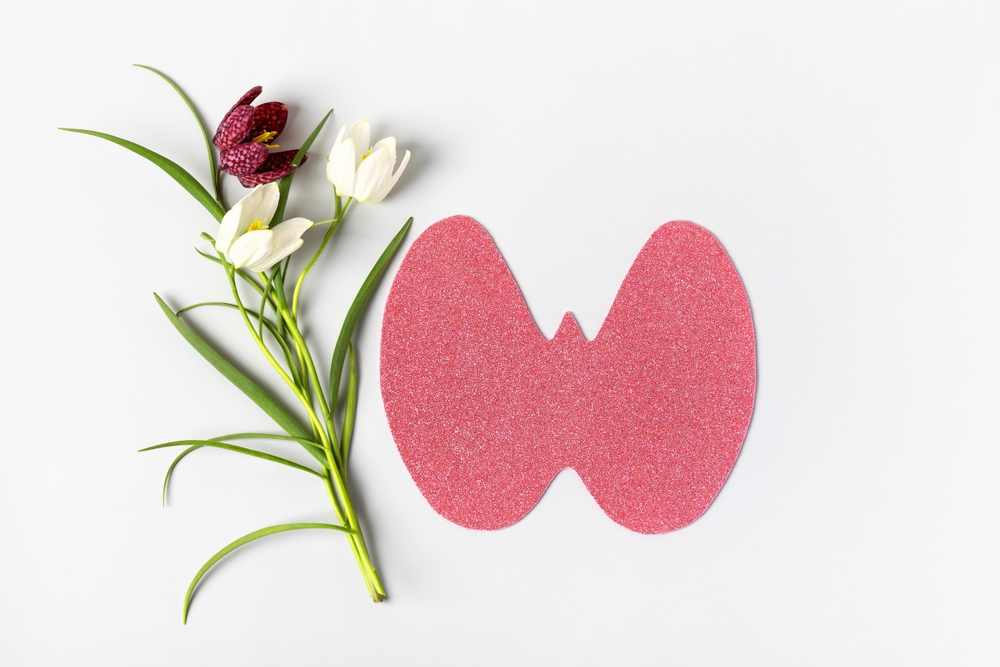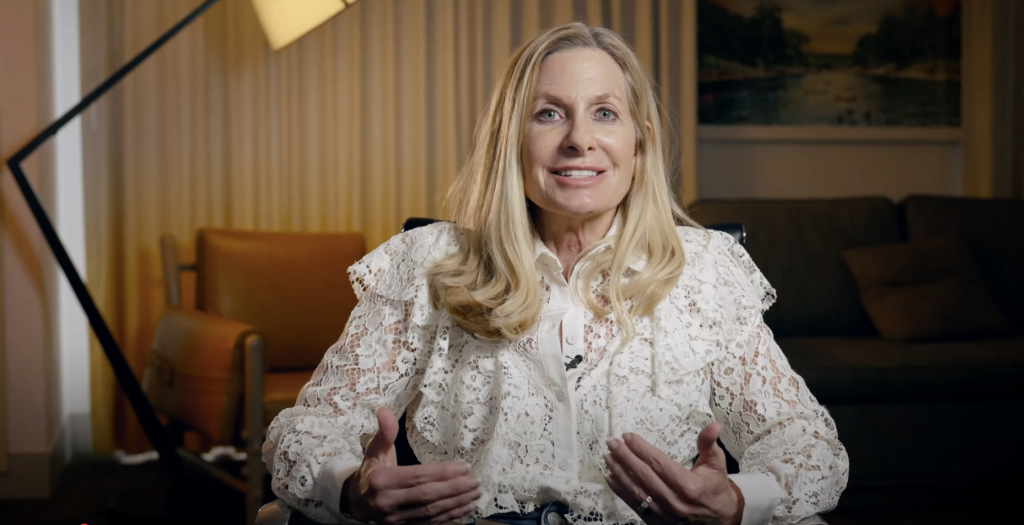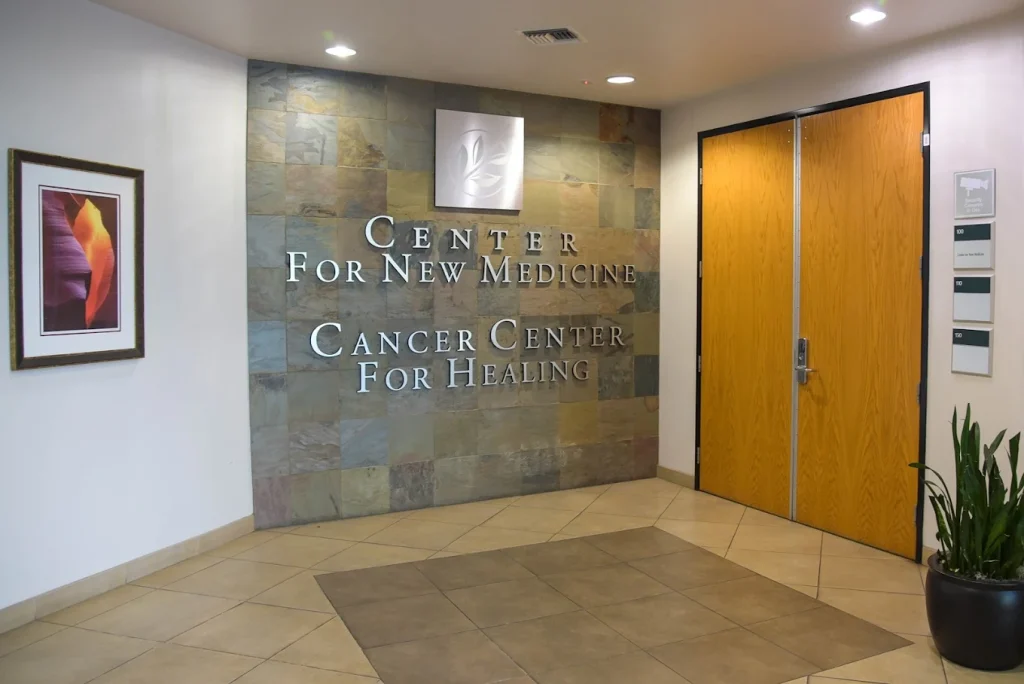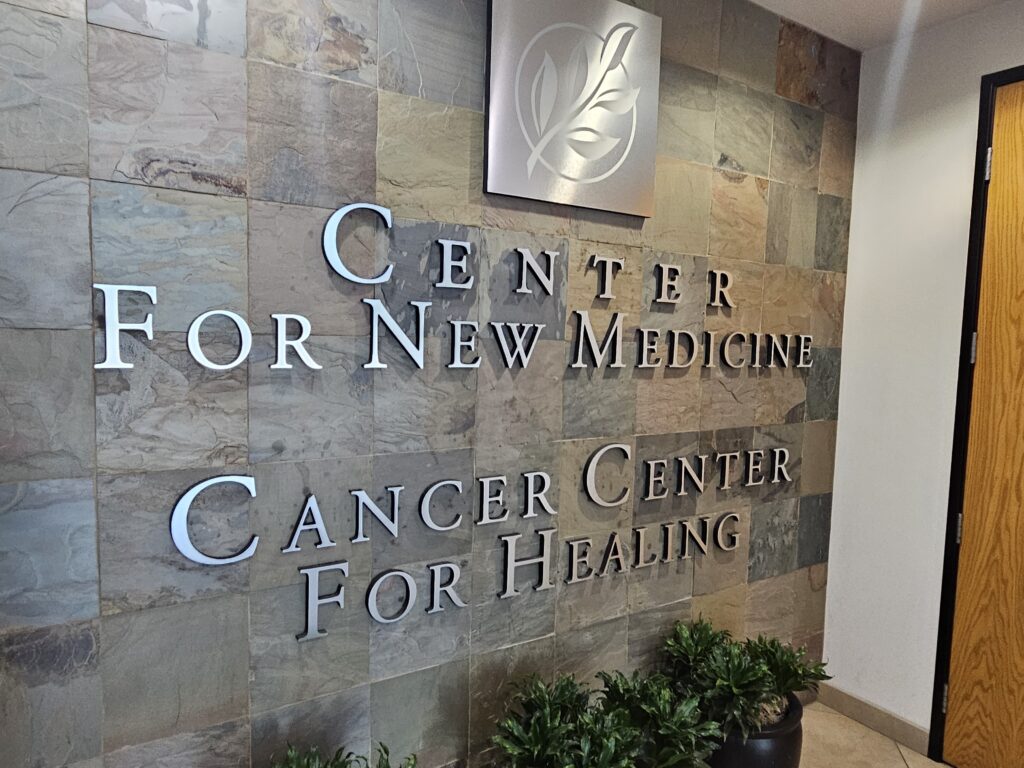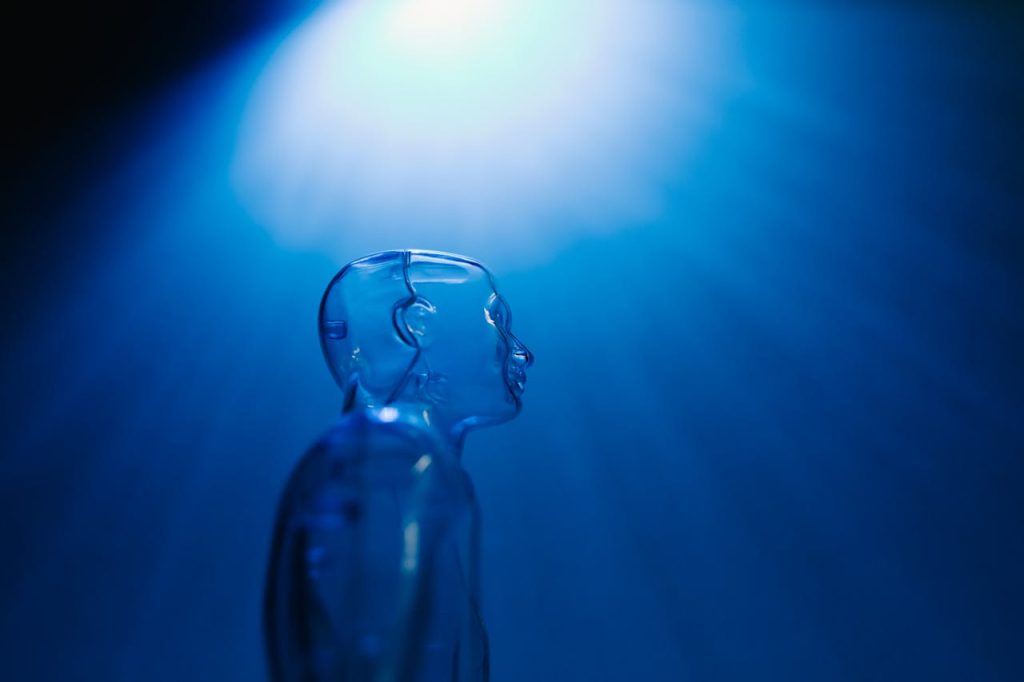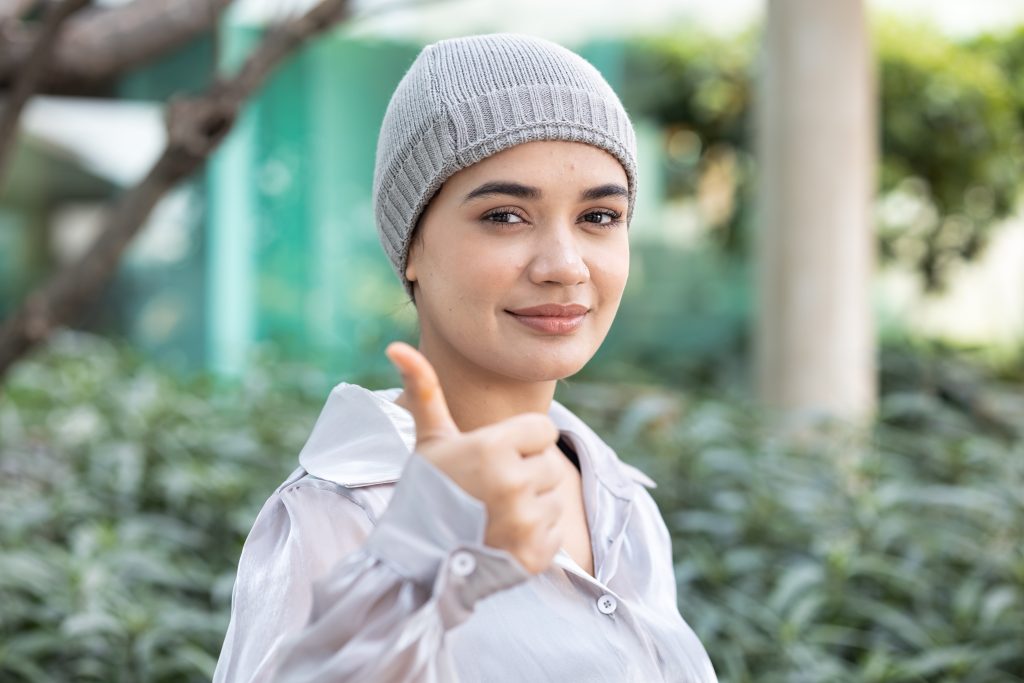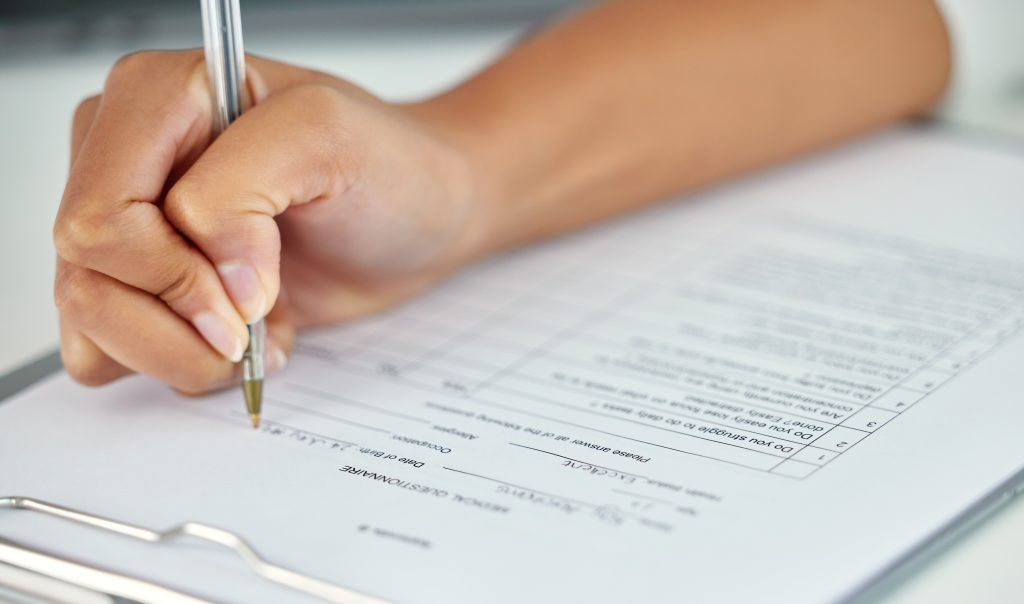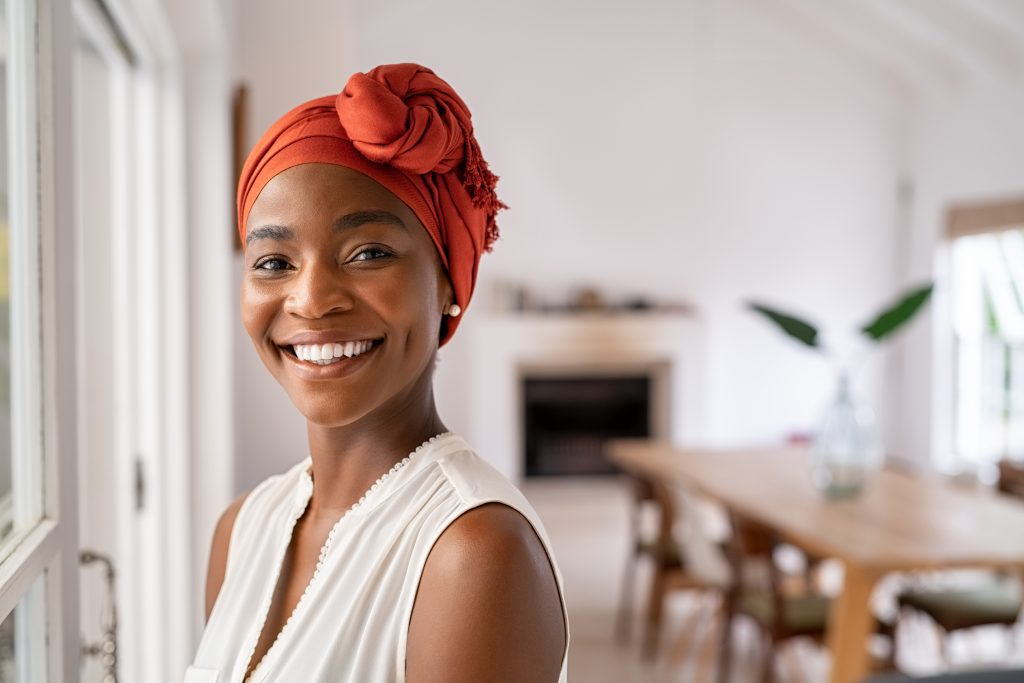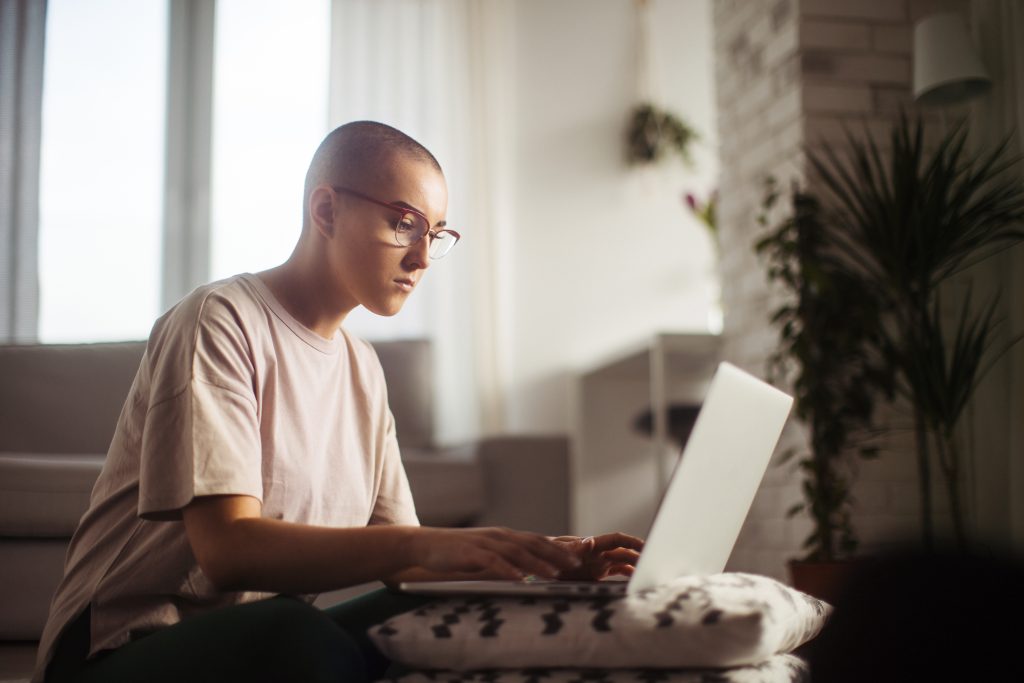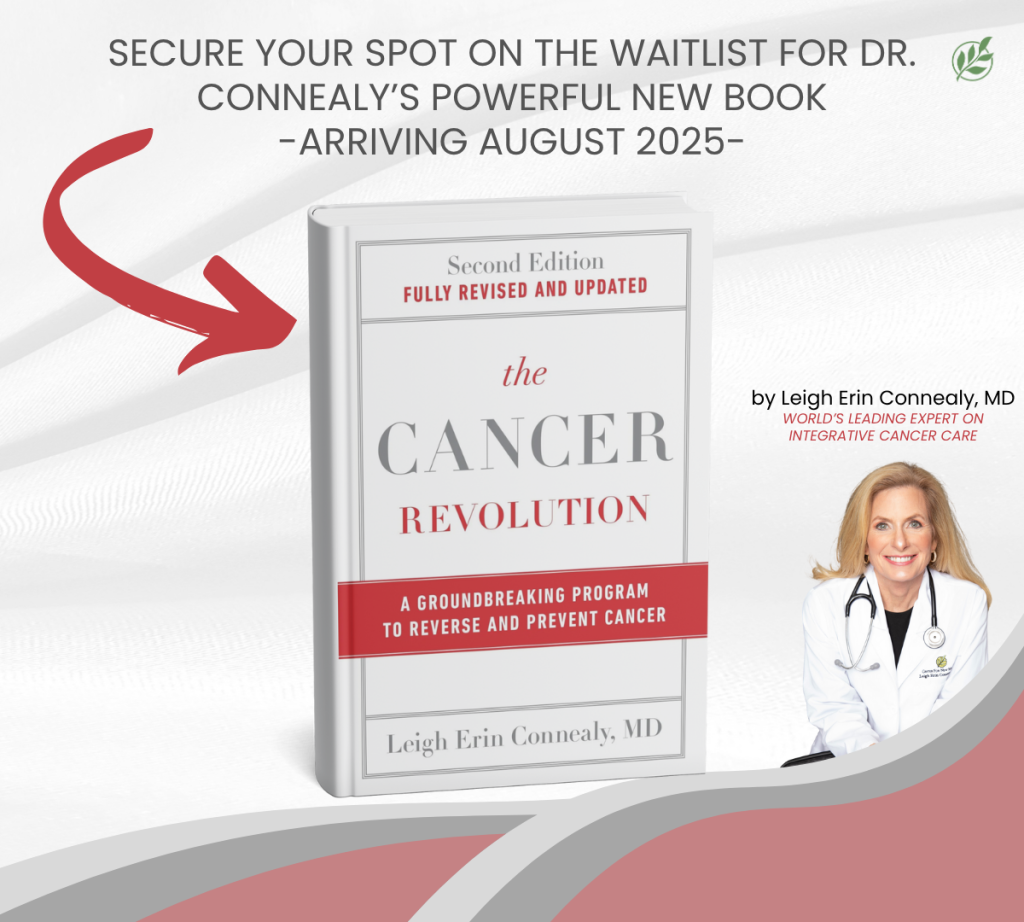Treating cancer is a rigorous process. If you’ve had to see a loved one face this journey, you know firsthand that it often seems to overtake a patient’s life. That’s why some people, we’ve found, are hesitant to plunge headfirst into a chemotherapy-heavy cancer treatment.
The good news is that with integrative oncology, there is now a way for cancer patients to get the benefits of chemotherapy while mitigating side effects through a low-dose chemotherapy regimen, which we offer here at the Cancer Center for Healing clinic in Irvine, CA.
High-dose chemotherapy is considered aggressive and overwhelming, whereas a low-dose chemotherapy regimen offers a gentler and more personal approach.
Learn more about this approach at cancercenterforhealing.com/low-dose-chemotherapy-overview.
What Is a Low-Dose Chemotherapy Regimen?
A low-dose chemotherapy regimen involves administering smaller, carefully calculated doses of chemotherapy drugs over a set period of time. These doses are typically lower than conventional chemotherapy, aiming to reduce toxicity while maintaining anti-cancer effectiveness.
The regimen may follow a metronomic schedule, meaning the medication is delivered more frequently, often weekly or biweekly, rather than in large doses with long breaks. This approach allows for consistent pressure on cancer cells while giving the body time to recover between treatments.
Frequency and Duration of Sessions
Patients often ask, “How often will I receive chemotherapy?” In a low-dose chemotherapy regimen, frequency varies depending on the type of cancer, the drug used, and the patient’s overall health. Sessions may occur once a week, twice a week, or every other week.
Treatment sessions themselves can range from 30 minutes to a few hours, depending on the medication, method of administration (intravenous infusion versus oral), and any supportive therapies provided during the visit. Shorter sessions can make treatment easier to integrate into daily life, reducing stress and disruption.
Recovery expectations are also different from those in conventional chemotherapy. Because the doses are lower, many patients experience less fatigue, less nausea, and quicker recovery, allowing them to maintain more of their daily routines.
Side Effects of Chemotherapy on the Body and Immunity
Even at low doses, chemotherapy affects rapidly dividing cells, which include both cancerous and healthy tissues. Side effects may include the following:
- Fatigue and decreased energy
- Digestive upset such as nausea or diarrhea
- Hair thinning or loss
- Suppressed immunity, increasing susceptibility to infection
- Mild anemia or low platelet counts
The difference with a low-dose chemotherapy regimen is that these side effects are typically milder and more manageable. By keeping the chemotherapy dose lower, the immune system remains more active, supporting recovery and reducing vulnerability to infections.
Integrative Support at the Cancer Center for Healing
The Cancer Center for Healing, together with the Center for New Medicine, emphasizes a holistic, integrative approach to oncology. A low-dose chemotherapy regimen is most effective when combined with therapies that strengthen the body and support natural immunity.
Integrative strategies may include the following:
- IV nutrient therapy, including antioxidants to protect healthy cells
- Detoxification programs to support liver and kidney function
- Nutritional counseling to maintain optimal cellular health
- Mind-body medicine, such as meditation, acupuncture, or gentle movement, to reduce stress and improve well-being
These therapies work in harmony with chemotherapy to improve tolerance, minimize side effects, and enhance overall quality of life.
Recovery Expectations
Patients frequently ask, “How will I feel after each session?” In a low-dose chemotherapy regimen, recovery is often faster than with traditional high-dose protocols. Many patients report the following results:
- Ability to continue daily activities shortly after treatment
- Less severe nausea and fatigue
- Quicker rebound of immune function
- Greater overall comfort during the treatment cycle
This gentler recovery process allows patients to remain engaged with their lives, maintain independence, and feel more in control of their cancer journeys.
Addressing Common Questions and Concerns
Patients naturally have many questions about a low-dose chemotherapy regimen:
- Will I lose hair? Hair loss is typically less pronounced than with high-dose chemotherapy, though some thinning may occur.
- Will I be too tired to work or care for family? Many patients experience milder fatigue, allowing them to continue daily routines.
- Is the treatment effective? Low-dose chemotherapy can be highly effective when personalized and integrated with supportive therapies.
By addressing these concerns, the Cancer Center for Healing ensures that patients feel informed, supported, and empowered.
Embracing a Balanced Approach with Low-Dose Chemotherapy
We’re firm believers that cancer care doesn’t have to be black or white; you don’t have to choose between a sterile doctor’s office or a desert hippie retreat.
Here at the Cancer Center for Healing in Irvine, we embrace a middle ground with low-dose chemotherapy. We combine a science-based medicine approach with a holistic, whole-body perspective.
This way, our patients are able to benefit from the proven effectiveness of chemotherapy while minimizing side effects and supporting the body’s natural healing processes. We’ve seen that the combination of integrative therapies with low-dose chemotherapy results in a better level of cancer care.
If you are considering treatment options and want to understand more about a low-dose chemotherapy regimen, visit cancercenterforhealing.com/low-dose-chemotherapy-overview.
